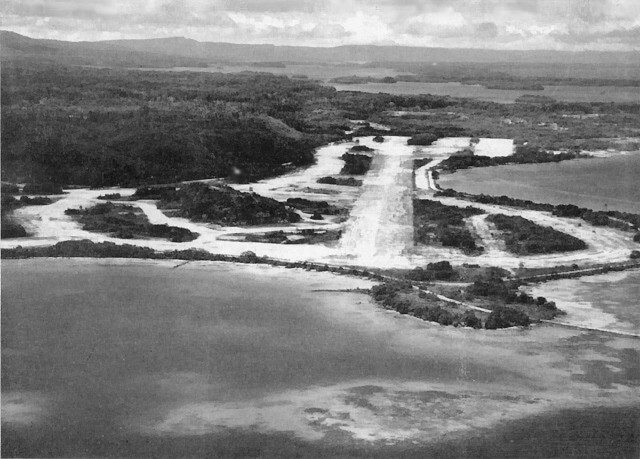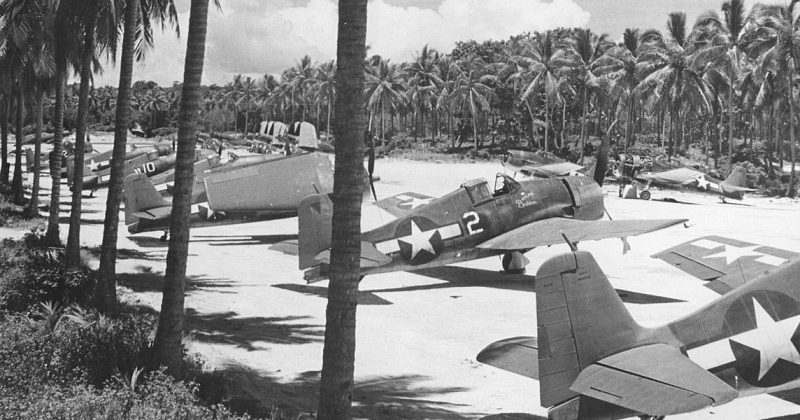In the Solomon Islands, on the edge of the Munda Airport, there is a pile of rusted metal. Most of it is no longer recognizable, but there are some machinery parts and some wheels. It was all collected from a site that is to be the location of the new fire station for the airport. An engineer is working with local workers to survey and prepare the land before construction starts.
Also working on the site are three experts from New Zealand. Their job is to locate and defuse unexploded ordinance (UXO) left over from World War II before work can begin on constructing the station.
This area of the island was fiercely fought over by the US and Japan. Old pictures show a pockmarked surface more like the moon than a South Pacific island. So the experts knew to expect some UXO in the area.
So far, they’ve found some 155 mm Howitzer shells the US had fired before the ground troops rushed the Japanese defenders.

The team places orange flags to mark locations where they have found metal that needs closer investigating. If it is determined to be harmless, a heavy digger is called in to take it away. If it is a shell, the police are called in, and the ammunition is carefully moved to safe storage until it can be defused.
Specialists from the Royal New Zealand Navy visit the Solomon Islands every two years to collect the UXO and destroy it. In 2016, Operation Render Safe 2016 spent three weeks destroying UXO. In the last five days, they removed over 181 kg of UXO.
To see the extent of what remains in the Solomon Islands from the war, visit Alphy Paulsen’s museum. He has collected propellors, canteens, medicine jars, Coca-Cola bottles, belt buckles, buttons, shavers, helmets, and the remnants of pistols, rifles and machine guns. The exhibits spread beyond the walls of the garden shed he uses to house them, DW reported.
In the course of his excavations, he also comes across human remains. When that happens, he marks the spot and comes back with representatives of the US or Japanese embassies.
